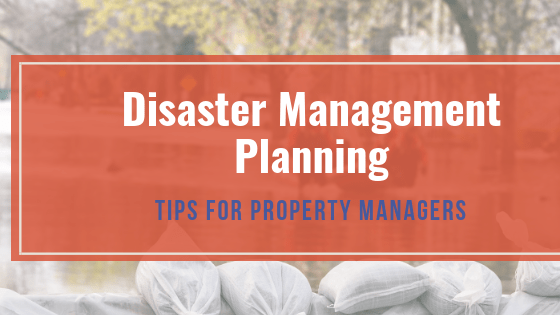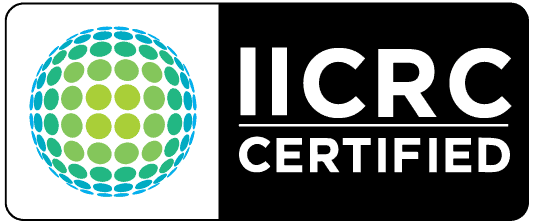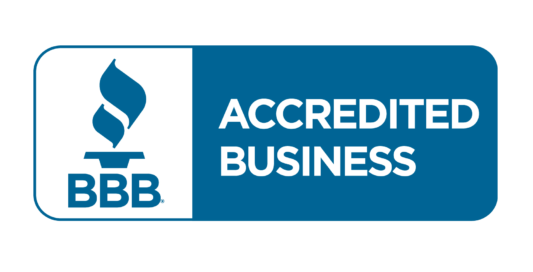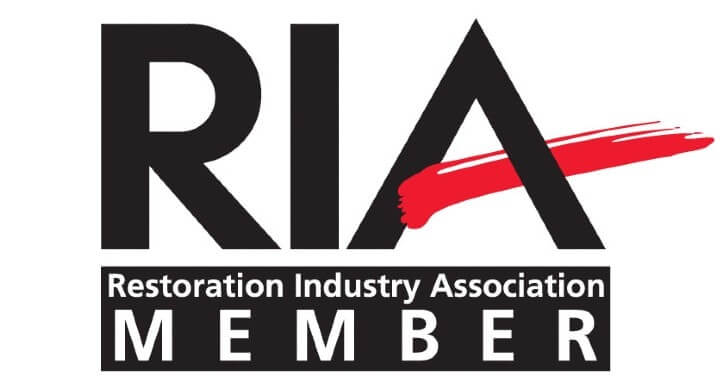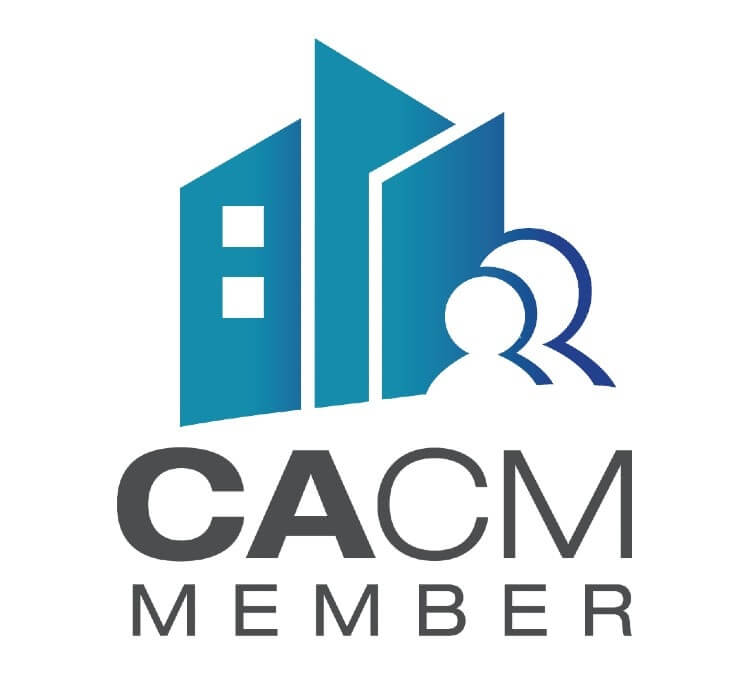What is Your Disaster Management Plan Missing?
At Certified Restoration, we understand that water damage and natural disasters often strike at the worst possible times. As a property manager, having a comprehensive disaster management plan is essential for minimizing damage, reducing costs, and ensuring the safety of your residents. Our guide below will help you develop or enhance your disaster management plan.
Before a Disaster
Developing a Disaster Management Plan
Each property you manage should have a tailored disaster management plan. Make this plan accessible to all occupants, both digitally and in print, to ensure everyone can refer to it in an emergency. A solid plan should include:
– Emergency Procedures: Detailed steps for various emergencies (wildfires, earthquakes, floods, etc.), along with evacuation protocols and emergency contact information.
– Emergency Procedures Should Include:
– Evacuation Plan: Specify exit routes, stairwells, and emergency exits. Designate safe meeting points and outline how updates will be communicated during emergencies.
Emergency Contacts Might Include:
– Police/Fire Department/Hospitals
– Emergency Services (e.g., Red Cross, FEMA)
– Building Owner/Property Management
– Utility Companies (Gas, Electric, Water)
– Plumbers/Electricians
– Emergency Restoration Services
– Insurance Providers
– Property Description and Inventory Forms
To maximize effectiveness, share the plan with residents. Organize annual disaster preparedness meetings with the HOA board and residents to discuss the plan and provide resources. Encourage them to complete their own disaster management documents, such as insurance details and personal inventories.
Prepare Your Property
In addition to preparing occupants, you must also protect the property itself. Identify proactive solutions for common disasters in your area. For instance, if heavy rainfall and flooding are concerns in San Diego, installing flood detection devices can help prevent damage. Certified Restoration provides advanced flood detection systems that alert you immediately upon detecting water.
For fire risks, keep your property clear of flammable debris and advocate for flame-resistant materials during upgrades. While these preventive steps may seem small, they significantly reduce stress and costs during a disaster.
During a Disaster
Effective communication is vital for a coordinated response. Maintain contact with residents before, during, and after the disaster strikes. Utilize all available communication channels:
– Social Media
– Text Messaging
– Community Apps
After a Disaster
Once the disaster has passed, assess the property damage and determine the needs of your residents. Be prepared to assist them in accessing emergency resources. The best way to restore your property safely is to enlist qualified restoration professionals.
Contact a Local Emergency Restoration Contractor to address any damage quickly.
Certified Restoration is Here for San Diego Property Managers!
We offer 24/7 emergency restoration services in the San Diego area. Regardless of the disaster, our team has the expertise and equipment to restore your properties efficiently, getting your residents back home as soon as possible.
Download the Free Emergency Response Plan Workbook to better prepare for potential disasters.
Natural disasters can be incredibly stressful for both residents and property managers, often resulting in serious water, fire, and mold damage. By implementing a strong disaster preparedness and management plan, you can help keep your residents safe and alleviate some of the stress associated with these events.
As a property manager, it’s your responsibility to communicate effectively with residents and establish clear procedures for disaster response. Remember to be a reliable resource for your residents, and know who to turn to for assistance during emergencies. Certified Restoration is here to support you with our 24/7 emergency restoration services in San Diego. Let us help you protect your properties and residents!
